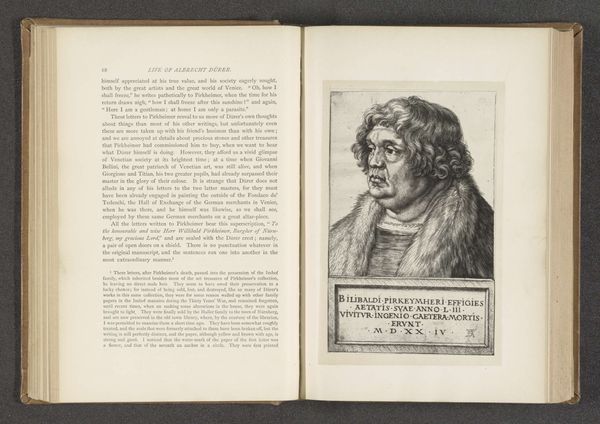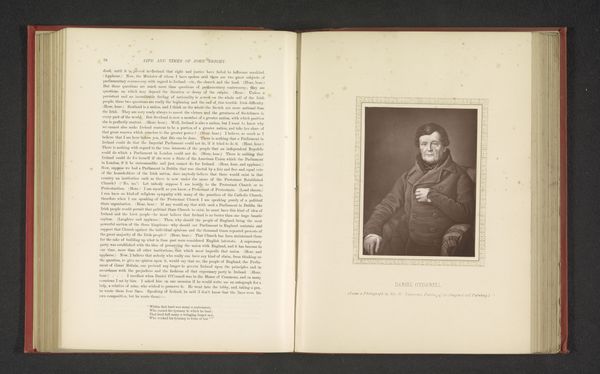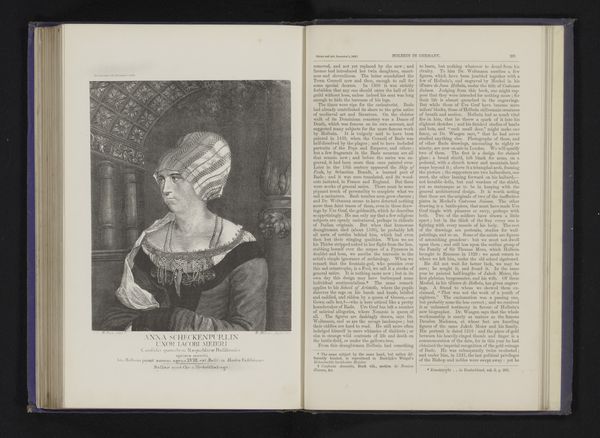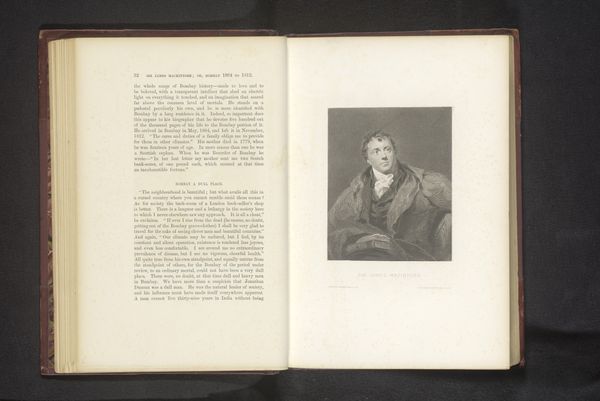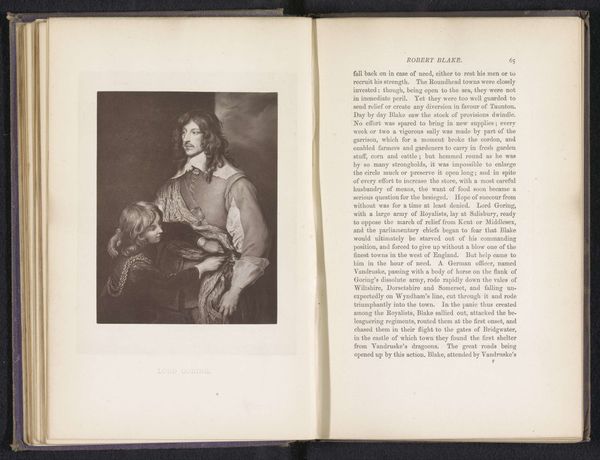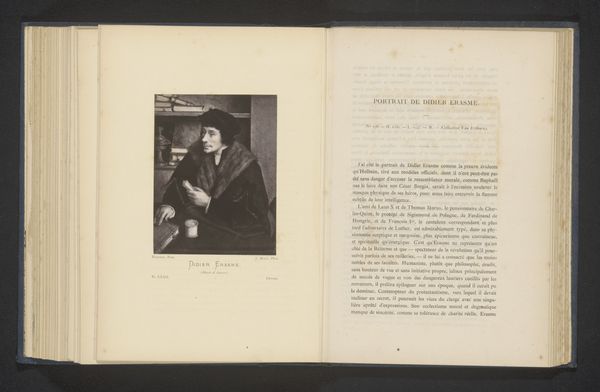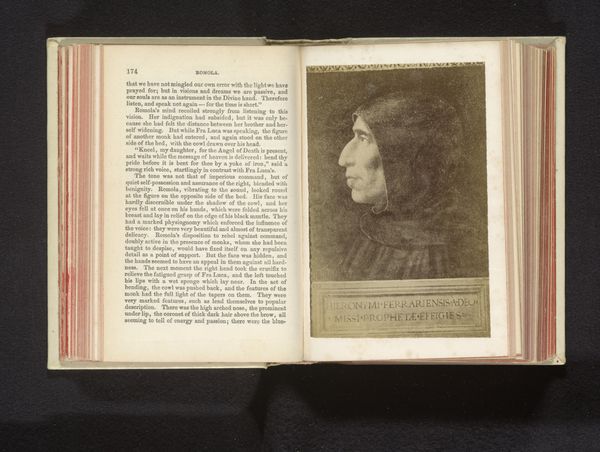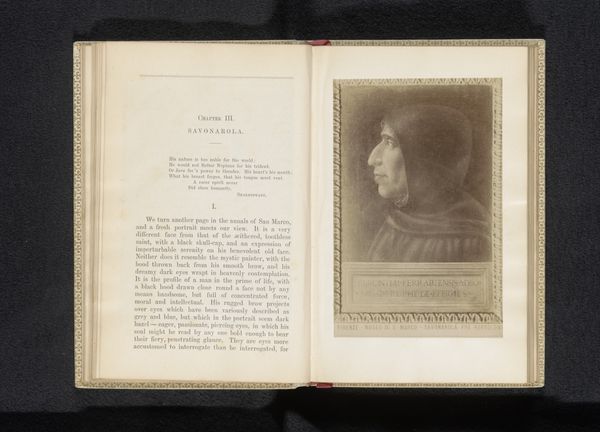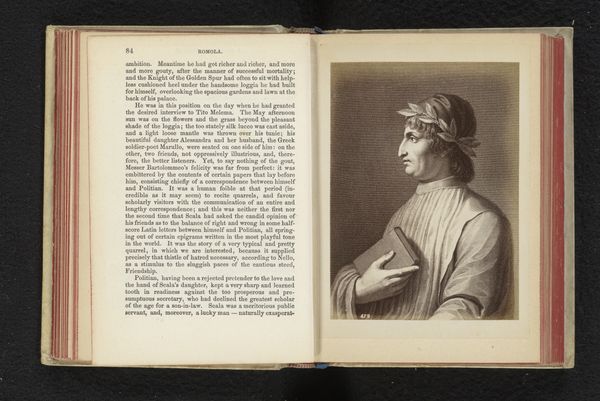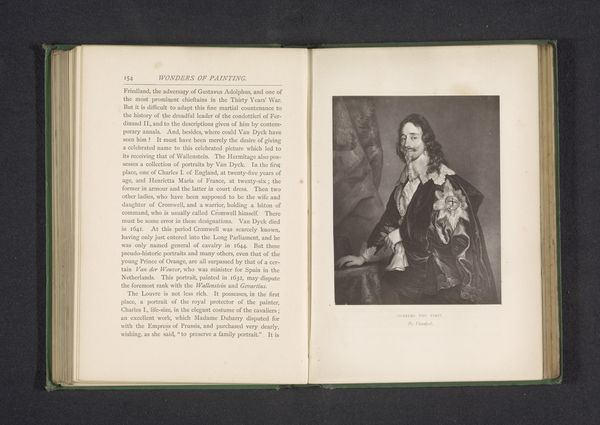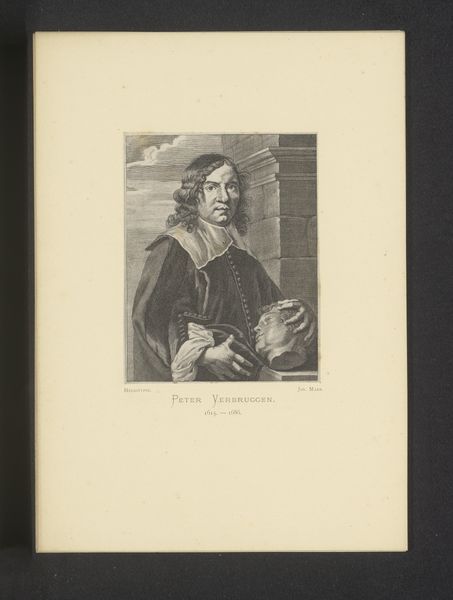
Reproductie van een prent van een portret van Jakob Meyer zum Hasen door Bartholomäus Hübner before 1866
0:00
0:00
print, paper, engraving
#
portrait
#
aged paper
#
medieval
#
paperlike
# print
#
typeface
#
editorial typography
#
paper
#
printed format
#
thick font
#
publication mockup
#
paper medium
#
engraving
#
historical font
#
publication design
Dimensions: height 180 mm, width 143 mm
Copyright: Rijks Museum: Open Domain
Curator: The subject is quite arresting! It’s a portrait engraving reproduced before 1866, attributed to Bartholomäus Hübner, of Jakob Meyer zum Hasen. Editor: The paper has a really aged quality. I’m curious about the choice of material—how does it relate to the original? It feels like a deliberately antique effect. Curator: It’s not uncommon for reproductions of that era to try to capture some of the essence and feeling of an original work. Here, the medium underscores the passage of time and a link with the medieval world. There’s a longing for what’s perceived to be lost or romanticized. Editor: I see that now. This print highlights an interesting shift in cultural values—how images themselves are commodities. There is such a meticulous layering of engraved lines to depict volume. It’s clearly an interpretation that bears the material labor of its production. Curator: Note how Meyer is presented in such a formal, almost staged, composition. He almost sits in state, a figure both dignified and human, caught in an act of remembering, or perhaps foreseeing. There’s a depth in his expression hinting at wisdom and even weariness. Editor: All those layers, all that intense concentration of making: does this lend to or detract from a sense of "authenticity" compared to an oil painting, for instance? The type underneath—how it's typeset with such precision—adds another layer to the construction of the image. I find it compelling. Curator: Precisely. And remember that prints democratized portraiture and knowledge, making figures like Meyer available to a broader audience than before. He represents more than himself; he becomes a figure of Renaissance humanism. Editor: Well, the paper speaks to an intent beyond the immediate depiction of this important figure from the past. A deliberate process, with specific techniques, connects the material present of its making to historical representation and consumption. Curator: Absolutely, seeing how past visions still subtly mold how we comprehend history today. Editor: For me, thinking about how it was crafted makes its symbolism all the more poignant.
Comments
No comments
Be the first to comment and join the conversation on the ultimate creative platform.
